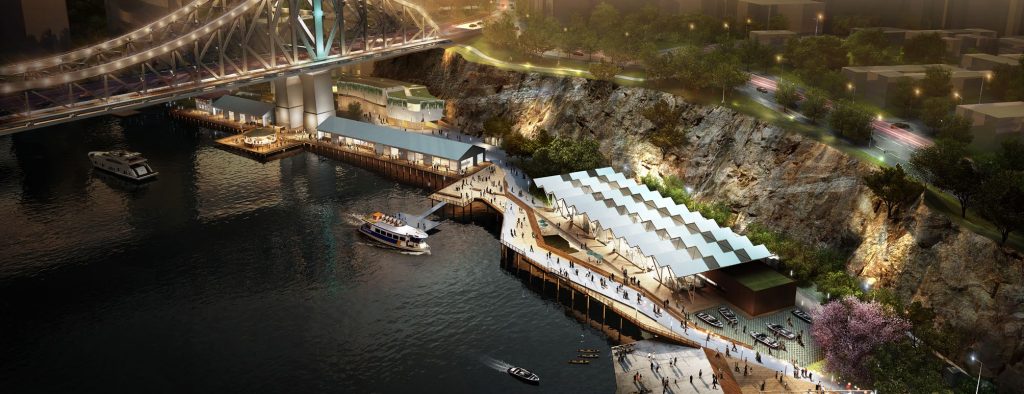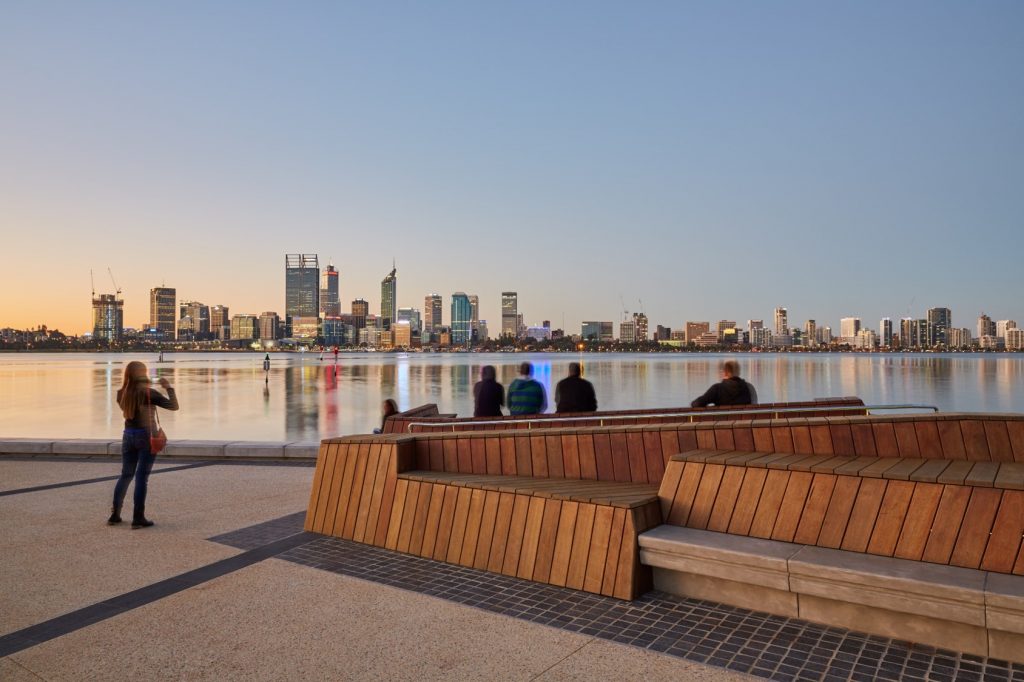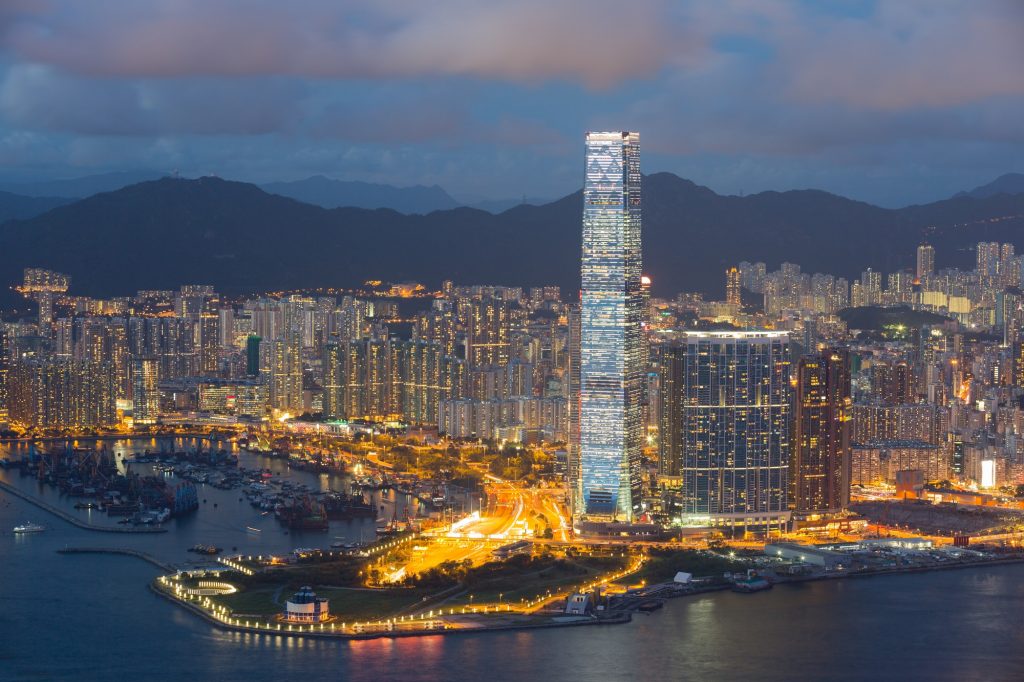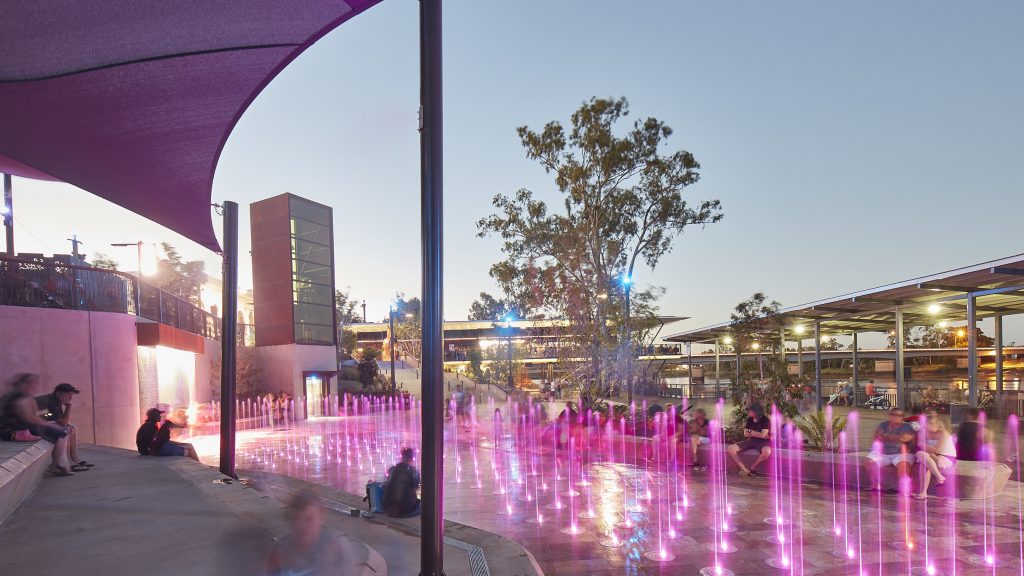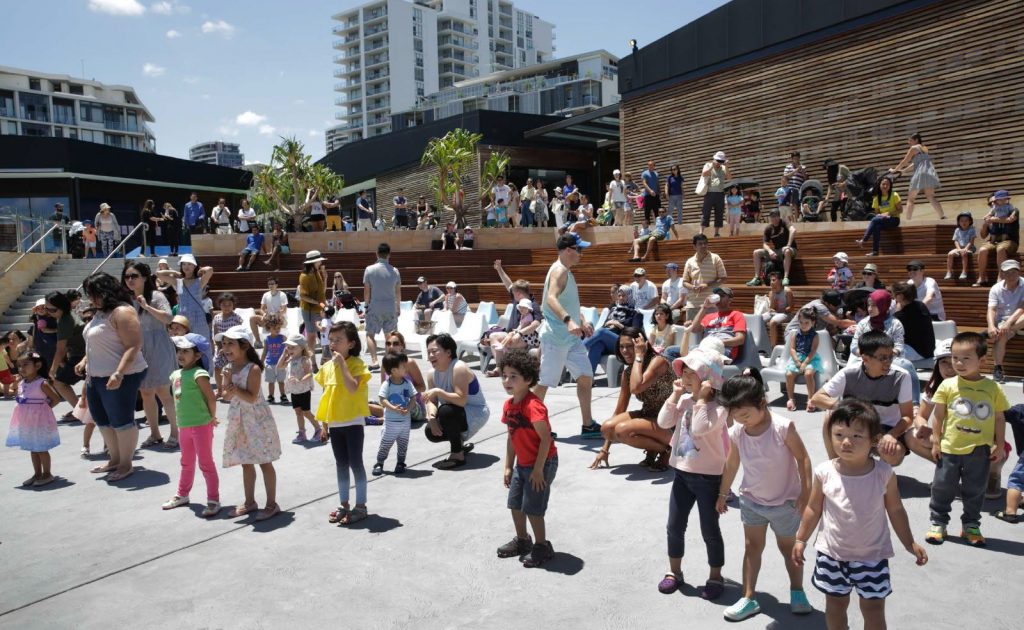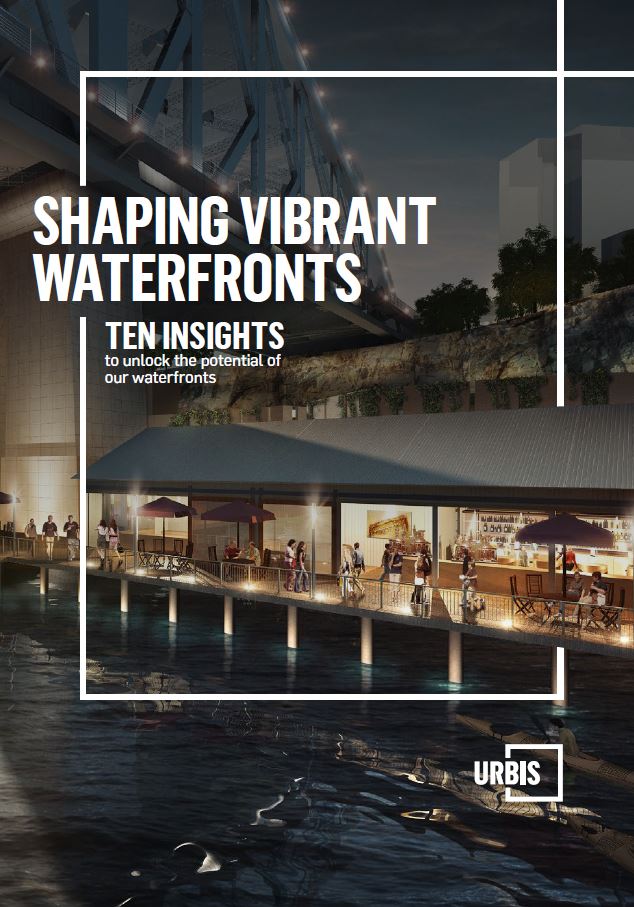Our waterways, harbours, rivers and coastlines are the lifeblood of our cities. They have shaped settlement patterns globally for millennia.
Across Australia and internationally, cities continue to release the potential of waterfront lands. Post-industrial docklands are transforming into contemporary cultural, recreational and lifestyles spaces.
Nearly every one of Australia’s capital cities is currently home to a significant waterfront renewal project. These projects are transforming not only the waterfront, but the cities themselves.

